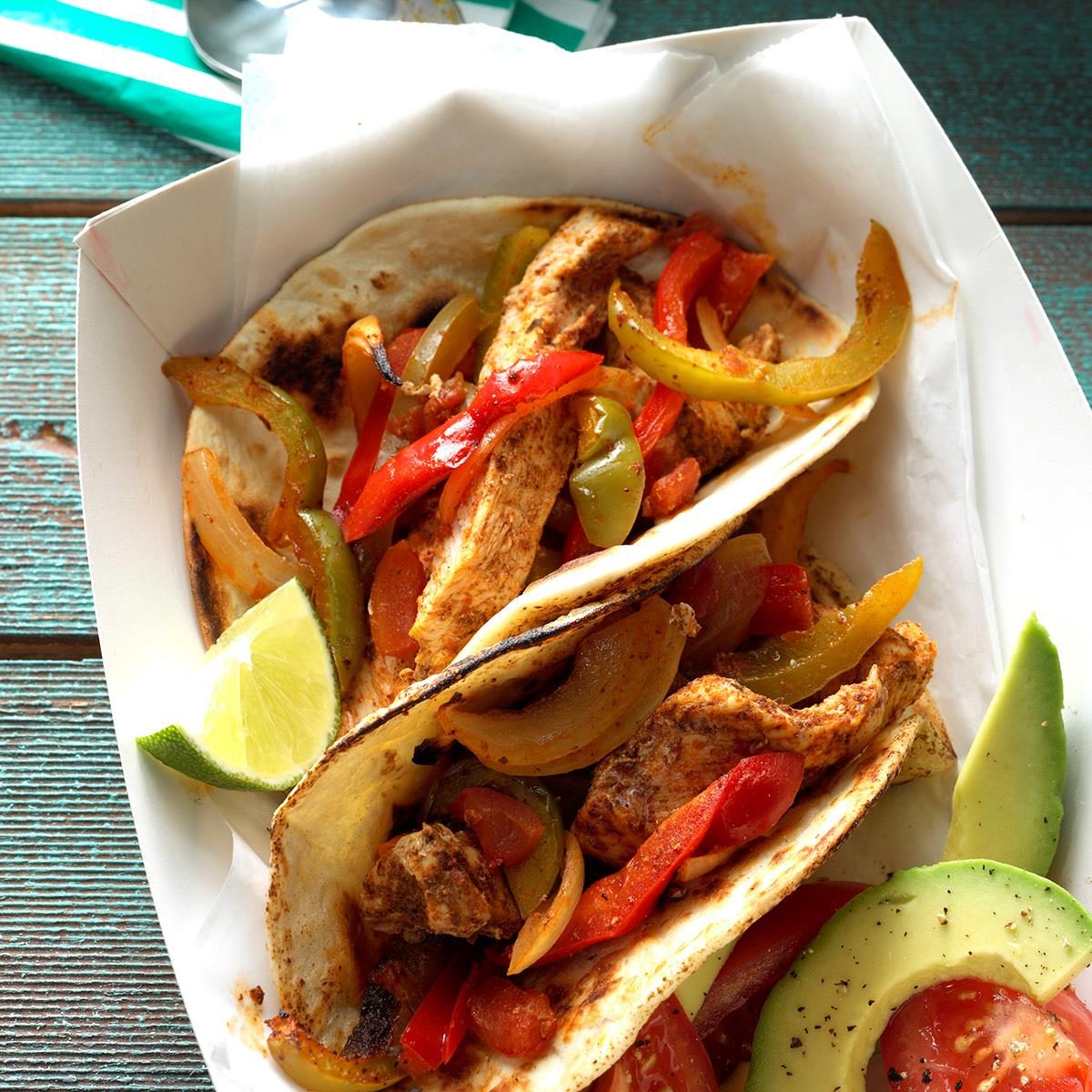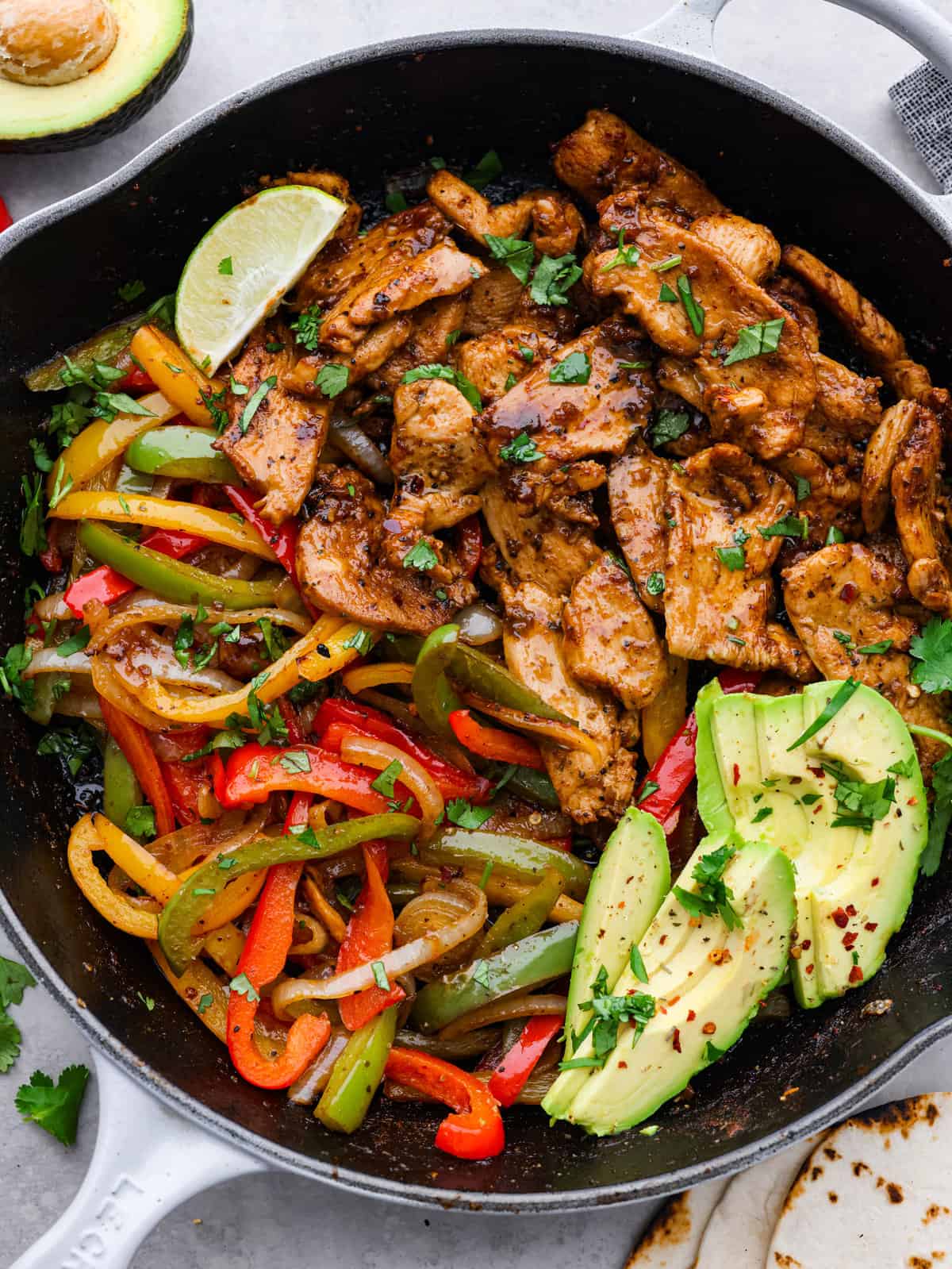Mastering The Scotch Egg: Tips From Professional Chefs
Mastering The Scotch Egg: Tips From Professional Chefs
Achieving the Perfect Scotch Egg
Selecting Prime Ingredients
Selecting Prime Ingredients for the Perfect Scotch Egg
1. Eggs: Opt for the freshest, free-range eggs attainable. The larger the egg, the better it is going to be to deal with.
2. Meat: Choose high-quality ground pork or sausage with a fats content material of around 20%. This will guarantee a juicy, tender filling.
3. Breadcrumbs: Use panko breadcrumbs for a crispy, golden crust. They are lighter and airier than regular breadcrumbs.
4. Flour: All-purpose flour is adequate for coating the eggs earlier than breadcrumbs. Season it with salt and pepper to enhance taste.
5. Oil: For frying, choose a impartial oil like canola, vegetable, or sunflower oil with a excessive smoke level.
Mastering the Sausage Mixture
To attain the proper sausage mixture for scotch eggs, meticulous consideration to ingredients and method is paramount. Begin by selecting high-quality pork shoulder or a blend of pork and veal. Coarsely grinding the meat ensures a satisfying texture, whereas finely grinding the fats guarantees even distribution and flavor throughout the sausage.
Seasoning is crucial. Salt and black pepper type the muse, complemented by aromatic spices like grated nutmeg, paprika, and sage. A contact of Dijon mustard adds a subtle tang, and breadcrumbs soaked in milk bind the combination effectively.
The key to a well-balanced sausage mixture lies in reaching the right steadiness of flavors. Experiment with completely different spice combos to find what fits your palate. For a traditional flavor profile, opt for traditional English spices like mace and allspice. If you favor a bolder taste, contemplate incorporating smoked paprika or chili powder.
Chilling the sausage mixture before filling the eggs helps it firm up, making it easier to deal with and preventing breakage in the course of the coating and frying course of.
Creating the Perfect Shell
– Use the freshest eggs potential.
– Bring the eggs to room temperature before cooking.
– Cook the eggs in a big pot of boiling water for 6-7 minutes.
– Immediately transfer the eggs to an ice bathtub to cease the cooking process.
– Peel the eggs beneath chilly operating water.
– Roll the eggs in flour, then in crushed egg, then in breadcrumbs.
– Fry the eggs in hot oil until golden brown.
Frying Techniques
When getting ready a Scotch egg, it’s important to start with fresh, high-quality components. The ratio of sausage to egg must be balanced, with roughly 50% of every. Season the sausage completely, making certain a fair distribution of flavors.
The ideal measurement for a Scotch egg is roughly 50-60 grams. Shaping the egg is essential, as it’ll have an effect on the evenness of cooking. Use a lightweight contact when breading the egg, coating it completely with a skinny layer of flour, egg wash, and breadcrumbs.
Frying strategies are important for reaching the perfect Scotch egg. The oil temperature must be between 170-180°C (340-360°F) to ensure the egg cooks evenly without burning. Immerse the Scotch egg gently into the oil and maintain a constant temperature throughout the frying process.
Using a slotted spoon, remove the Scotch egg from the oil and place it on a paper towel-lined plate to drain any excess oil. Allow the Scotch egg to relaxation for a couple of minutes before serving. This will enable the flavors to meld and the egg to set properly.

By following these tips from skilled chefs, you’ll have the ability to grasp the art of making the right Scotch egg, impressing your friends and family with this basic dish.
Troubleshooting Common Issues
Achieving the Perfect Scotch Egg
Mastering the Coating:

– Use high quality breadcrumbs, ideally panko or fresh do-it-yourself ones, for a crispy and flavorful exterior.
– Season the breadcrumbs generously with salt, pepper, and herbs for additional depth of flavor.
– Apply a fair layer of breadcrumbs to forestall uneven browning or breaking.
- Troubleshooting: If the coating falls off during frying, the egg may be too wet or the breadcrumbs were not adhered correctly. Ensure the egg is fully chilled before coating and press the breadcrumbs firmly onto the floor.
Perfecting the Egg:
– Choose massive, contemporary eggs for a young and flavorful middle.
– Soft-boil the eggs to your desired doneness, making certain the yolk is slightly runny but the white is set.
– Carefully peel the eggs, eradicating any shell fragments.
- Troubleshooting: If the yolk breaks throughout peeling, the egg might have been overboiled or the water was not cold enough. Use older eggs, pierce the bottom of the egg earlier than boiling, and instantly transfer to an ice bath.
Optimal Meat Mixture:
– Use high-quality sausage meat with the suitable fats content material for a juicy and flavorful filling.
– Season the meat combination properly with salt, pepper, and herbs to reinforce its taste.
– Mix the meat totally but avoid overworking it, as this can lead to a troublesome texture.
- Troubleshooting: If the meat combination is dry, add a bit of milk or cream to moisten it. If it’s too moist, add more breadcrumbs to absorb excess moisture.
Frying the Scotch Eggs:
– Use a deep fryer or a big saucepan with excessive sides for optimal heat control.
– Heat the oil to the right temperature (350-375°F or 175-190°C) to ensure even cooking.
– Carefully decrease the Scotch eggs into the new oil and fry until golden brown on all sides.
- Troubleshooting: If the Scotch eggs burst open during frying, the oil could also be too sizzling or the meat combination was not tightly wrapped across the egg.
Troubleshooting Common Issues:
- Runny Yolk: Overcooked white however runny yolk may point out insufficient boiling time. Alternatively, the Scotch eggs might not have been chilled sufficient before frying.
- Dry Yolk: Overboiled eggs end in a dry yolk. Use a chilly start for boiling, pierce the bottom of the eggs, and boil for the suitable period of time.
- Uneven Browning: This might occur when the oil just isn’t scorching enough, the Scotch eggs aren’t absolutely submerged, or they aren’t rotated frequently throughout frying.
- Cracked Coating: Overcrowding the fryer or using wet eggs earlier than coating can result in cracked or broken coatings.
Expert Tips for Scotch Egg Mastery
Chef 1: The Art of Balancing Flavors
Expert Tips for Scotch Egg Mastery: Chef 1: The Art of Balancing Flavors
Achieving the right stability of flavors in Scotch eggs is a culinary art form that requires meticulous attention to element and a eager understanding of ingredient harmony.
Chef 1, a renowned culinary maestro, shares his expert insights on crafting Scotch eggs that tantalize the palate with a symphony of flavors:
1. The Mystique of Sausage Selection:
The choice of sausage performs a pivotal function in defining the flavor profile of your Scotch eggs. Opt for a coarse-ground sausage with a strong flavor that can stand up to the richness of the eggs and breadcrumbs.
2. Embrace the Magic of Seasonings:
Season your sausage liberally with a blend of fragrant spices that complement its inherent flavors. Experiment with a mixture of paprika, thyme, garlic powder, and a pinch of cayenne for a tantalizing twist.
3. The Art of Binding the Sausage:
To obtain a cohesive sausage mixture, incorporate bread crumbs into the mix. Seasoned bread crumbs add texture and take in extra moisture, guaranteeing that your Scotch eggs maintain their shape perfectly.
4. Egg-cellent Alchemy:
The eggs in Scotch eggs should be cooked to a perfect golden-brown hue, revealing a velvety yolk center. Use contemporary, free-range eggs for an enhanced taste and vibrant color.
5. The Symphony of Coatings:
Experiment with completely different coatings to add texture and visible appeal to your Scotch eggs. Classic Panko breadcrumbs provide a satisfying crunch, whereas flavored breadcrumbs, corresponding to herb-infused or seasoned, can elevate the flavour profile.
6. The Golden Touch of Deep Frying:
Deep frying is the standard methodology for cooking Scotch eggs, ensuring a fair golden-brown crust and a young, juicy inside. Use a high-quality oil with a neutral taste to avoid overpowering the fragile flavors.
7. Harmony on a Plate:
Serve your Scotch eggs with a complementary dipping sauce, corresponding to a tangy mustard, creamy hollandaise, or spicy Sriracha aioli. The sauce ought to improve the flavors of the Scotch egg with out overpowering them.
Chef 2: Secrets to a Crispy Exterior
Expert Tips for Scotch Egg Mastery: Chef 2’s Secrets to a Crispy Exterior
1. Use the proper meat: Ground pork or sausage provides one of the best flavor and texture. Choose a mix with a great ratio of fats to meat, guaranteeing a moist and juicy interior.
2. Season generously: Don’t be afraid to add plenty of salt and pepper to the meat combination. This enhances the flavour and offers contrast to the crispy exterior.
3. Roll the eggs evenly: Ensure every egg is coated in an even layer of breadcrumbs for a uniform crispiness. Roll them lightly in the palm of your hand to smooth out any bumps or unevenness.
4. Double-coat with breadcrumbs: This creates a sturdier exterior that can maintain up higher throughout frying. Coat the eggs in breadcrumbs, dip them in overwhelmed egg, after which roll them in breadcrumbs again.
5. Use a deep fryer: Frying the eggs at a high temperature in a deep fryer ensures a fast and even cook. This prevents the eggs from absorbing an excessive amount of oil and results in a crispy texture.
6. Cook at the proper temperature: Aim for a temperature of around 375°F (190°C). This permits the outside to crisp up rapidly whereas the egg cooks by way of safely.
7. Don’t overcrowd the fryer: Frying too many eggs directly can decrease the oil temperature, resulting chicken fajitas in oven a soggy exterior. Cook in batches to keep up a constant temperature.
8. Fry for the correct amount of time: Depending on the size of the eggs, they typically have to be fried for 4-6 minutes. Use a meat thermometer to ensure the interior temperature reaches 165°F (74°C) for food security.
9. Drain thoroughly: After frying, remove the eggs from the oil and place them on a wire rack to drain extra oil. This helps achieve a crispy texture.
10. Serve immediately: Scotch eggs are greatest served hot and fresh. The crispy exterior will soften over time, so get pleasure from them whereas they’re at their peak of crispiness.
Chef three: Overcoming Common Pitfalls
Chef 3: Overcoming Common Pitfalls
- Egg whites escaping throughout boiling: Ensure the eggs are fully submerged in simmering water, not boiling, to stop the delicate whites from leaking out.
- Uneven breadcrumbs: Use a mix of panko and regular breadcrumbs for a crispy and flavorful coating. Season the breadcrumbs generously with salt and pepper.
- Breaking the shell throughout peeling: Gently tap the egg towards a tough floor before peeling to loosen the shell. Peel underneath operating water to make it easier.
- Undercooked meat: Use a digital meat thermometer to make sure the sausagemeat is cooked via to a safe inner temperature of 165°F (74°C).
- Dry or crumbly yolks: Wrap the eggs in plastic wrap before boiling to stop them from absorbing water and turning into rubbery.
- Unstable egg: Chill the eggs thoroughly before frying to firm up the casing and forestall breakage.
- Overcooked breadcrumbs: Fry the eggs in batches to avoid overcrowding and burning the breadcrumbs.


Recent Posts
- How Gluten-Free Fried Chicken Differs From Traditional Fried Chicken
- Blueberries And Their Use In Home Remedies
- How Blueberries Are Used In Edible Decorations
- How Blueberries Became A Superfood
- The Cultural Significance Of Blueberries In Indigenous Communities
- The Evolution Of Blueberry Farms Over Decades
- Can Blueberries Improve Your Skin Health
- The Cultural Importance Of Blueberries In Nordic Countries
- The Economic Importance Of Blueberries
- The History Of Blueberries In Native American Diets
- The Role Of Blueberries In Diabetes Management
- The History Of Blueberries And Their Cultivation
- Blueberries In Contemporary Art Installations
- The History Of Blueberry Stains And Their Remedies
- How Blueberries Are Used In Aromatherapy
- The Science Of Blueberry Preservation Techniques